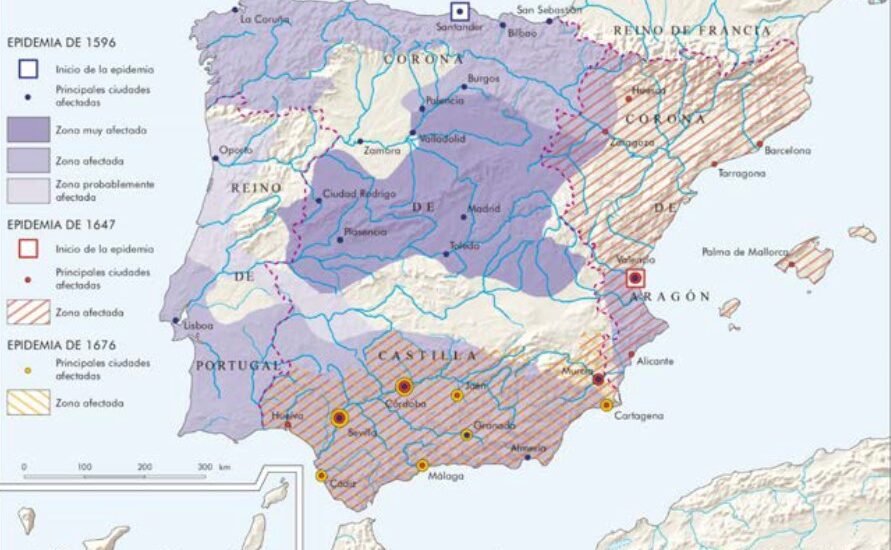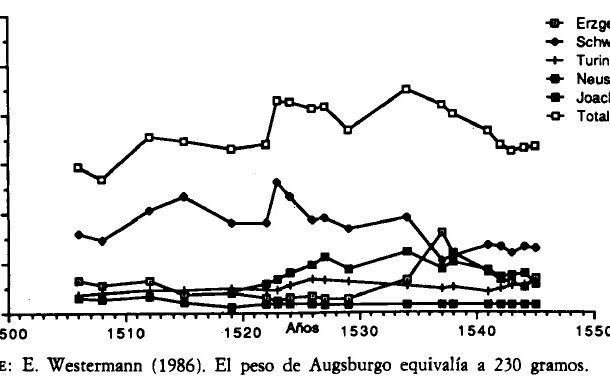
The controversy surrounding the quantification of precious metals has always revolved around attempts to provide accurate figures for the stock of metals arriving in the fleets. However, the controversy is still open due to the impossibility of agreeing on the figures arrived for private individuals due to the increase in fraud during the 17th century. The interest in more rigorously specifying this type of figures is due to the fact that these funds contributed very directly to the financing of the Crown’s policy. It should be noted that, although precious metals were not the only source of credit for the monarchy, American remittances were attractive to large international bankers. These remittances have highlighted the limitations of official sources in providing real figures. However, from 1649 onwards, as a result of the decline in money arriving for the Royal Treasury, it was impossible to continue to maintain a policy of respect, and private funds definitively abandoned the fleet system. As for public funds, they increased between 1626 and 1640 until a sharp decline between 1641 and 1645, which contributed to the Treasury Council having to issue a new decree of bankruptcy in 1647, accentuating the financial crisis of the reign. From 1656-60, however, the Royal Treasury’s revenues became more stable. The decline in the arrival of public funds was much milder than has traditionally been noted, allowing us to understand the role of American remittances in the financial system of the Hispanic Monarchy. The Crown continued to have very large amounts of precious metals during the 17th century, comparable to those of the 16th century, but instead of using them in Spain, it did so beforehand or, instead of being recorded as such in the fleets, they were hidden under another name. Whatever the case, the money belonged to the Royal Treasury and was used for its benefit. In order to know the funds of the Monarchy in the 17th century, we started by knowing the funds recorded in the formations, the disposition made in America, the money obtained as a result of exchanges of silver for fleece, the pardons, the condemnations, the private seizures and the contributions of the Consulate.
Collection: Graphics
Project: 2. Social and economic impact of technological revolutions in Europe., 9. Travels and travelers: economic, social and cultural connections.
Chronology: XVII
Scope: Secondary Education, Baccalaureate, University
Resource type: Graph
Format: Line chart
Source: Álvarez Nogal, Carlos, «Las remesas americanas en las finanzas de la Real Hacienda. La cuantificación del dinero de la Corona (1621–1675)», Revista de Historia Económica, Journal of Iberian and Latin American Economic History, 16, 2 (1998), pp. 453–488.
Language: Spanish
Date: 1998
Owner: Álvaro Romero González (Modernalia)
Copyright: © Carlos Álvarez Nogal, © Revista de Historia Económica
Abstract: Evolution of precious metals on their arrival in Spain from the Americas
Image
Tags








